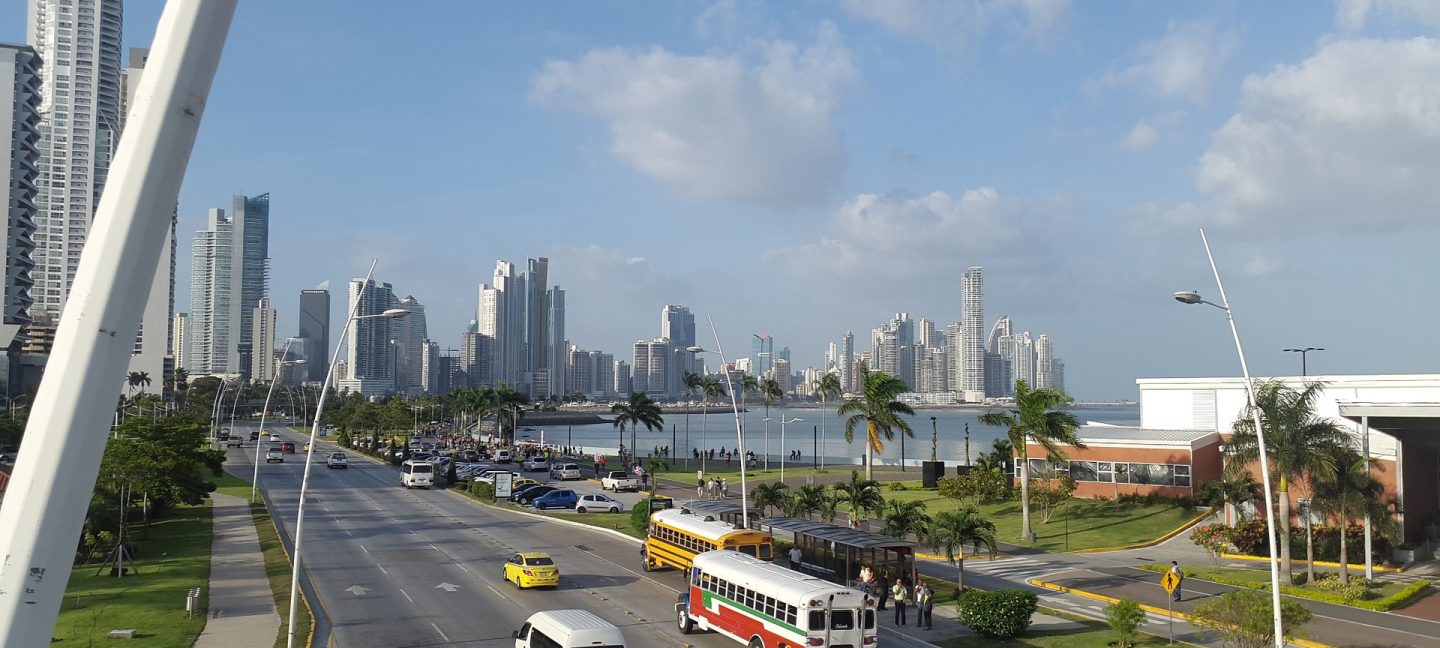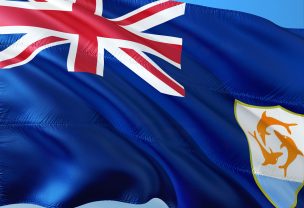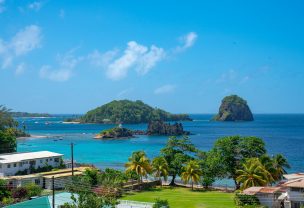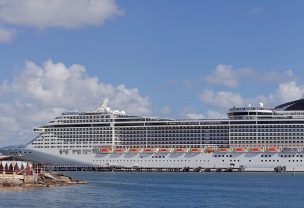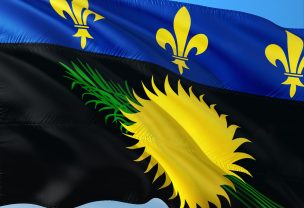Quick facts
- Full name: Republic of Panama
- Capital: Panama City
- Largest city: Panama City
- Official language: Spanish
- Area: 75,417 km2
- Population: 4,034,119 (2016)
- Currency: Balboa (PAB) 1 (PAB) = 100 Centésimo / United States Dollar ($) (USD) 1 USD = 100 cents
- Foreign tourists: 2.1 million (2015)
- Travel risks and hazards: Crime.
When thinking of Panama the first thing to come to mind is, of course, the Panama Canal, however, Panama is probably the most stable nation in Central America. Due to the long presence of the US in Panama and pegging Balboa to the US Dollar the economy, as well as the standard of living, is rising. Panama has not only become a popular tourist spot but also a refuge for many south and central Americans seeking a better life. Although Panama is considered the most developed country in Central America, there are hazards that visitors should beware of.
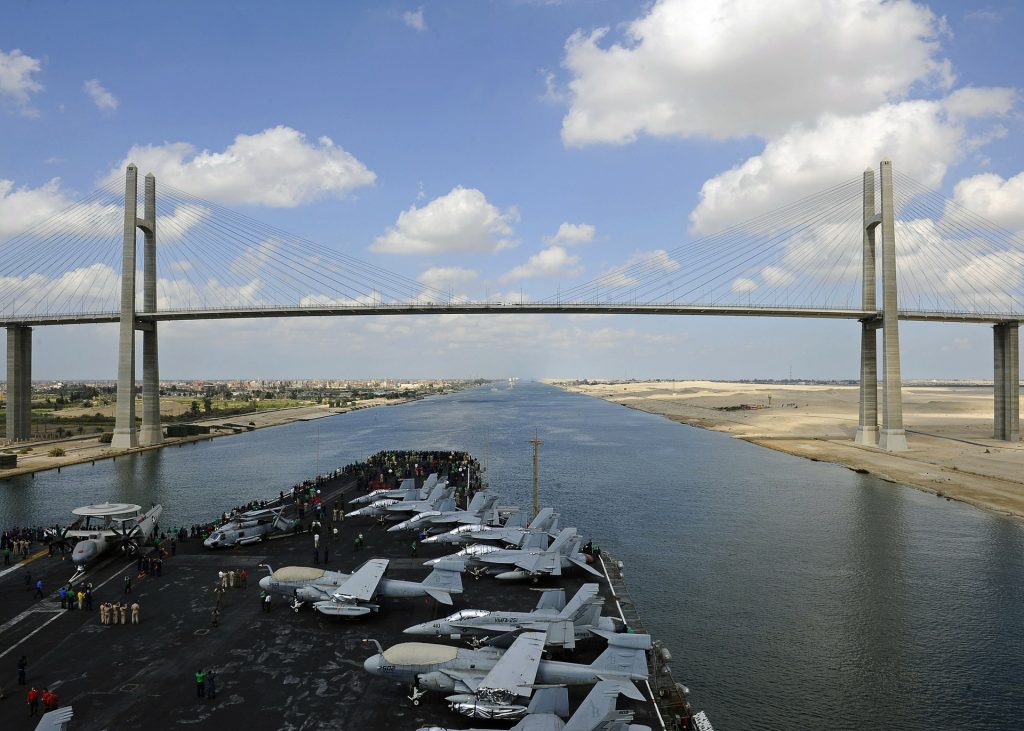
Traveling info
All tourists traveling to Panama are required to have a valid passport. Some nationals do not require a visa however are obliged to purchase a tourist card upon entry for 5 (USD), such card is valid for 30 days and may be extended to 90 days. Certain nations do not require a visa or a tourist card and are allowed a stay of up to 30 days with a possibility of extension up to 90 days. Tourists who choose to drive in Panama must have a valid license, an international driving permit and a passport with them at all times. The international driving permit can only be issued by the driving department in the tourists country of origin. The period of driving without the requirement of obtaining a Panamanian driving permit is 90 days. After that time an IDP is considered invalid in the country. Every driver in Panama is also required to have a blank accident report form.
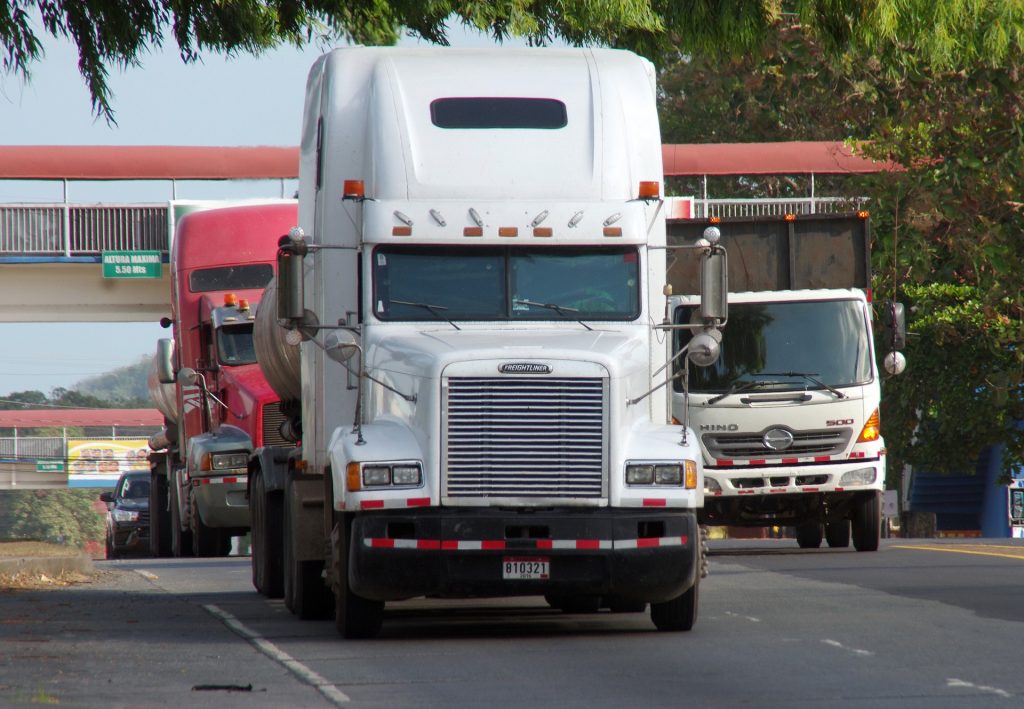
Traveling hazards
Roads are generally in good condition however some rural roads and roads of lesser importance might be badly maintained riddled with potholes or be unpaved. Some roads lack adequate signage, traffic lights on big crossroads or lack illumination. Traffic law is enforced however undisciplined driving habits are common. Driving around the rainy season which lasts from April to December might be impeded or completely stopped on certain routes due to flooding. Highways are generally safe however road maintenance and construction is ongoing in many places and sometimes may not be indicated. The Pan-American highway also ends in Yaviza leaving a massive gap of marshland between Panama and Colombia making further route impossible.
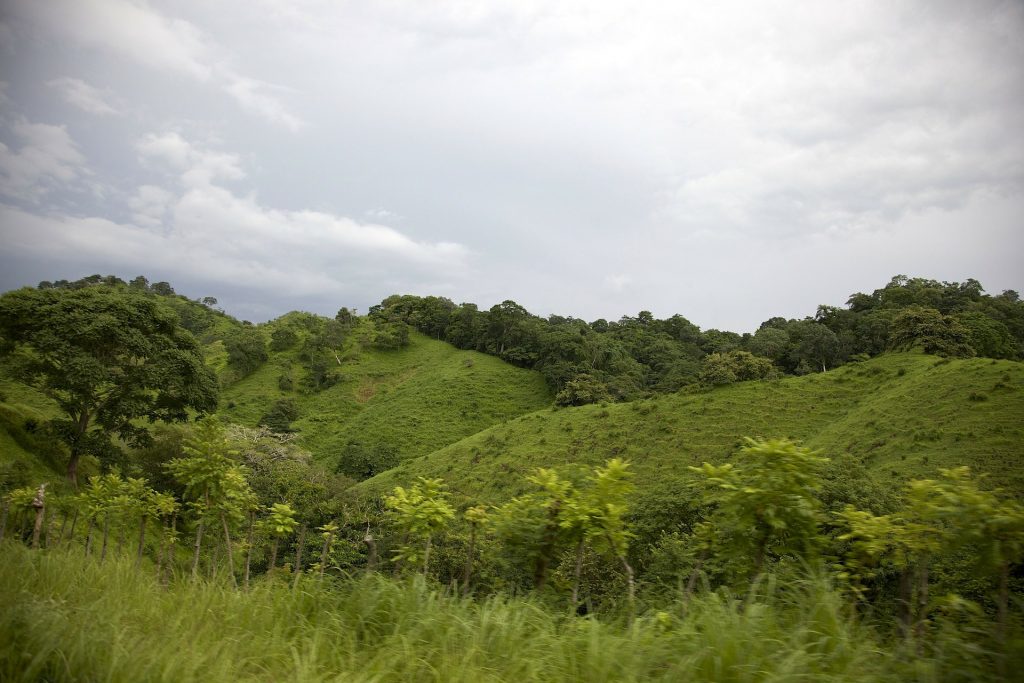
Environmental hazards
The Panama jungle is home to 5 species of big cats of which two can be threatening to humans however it is very rare to encounter such animals as these predators require large swaths of unspoiled land to consider it their territory. Attacks on humans have happened however they are very rare. Panama has also a small population of crocodiles. The American crocodile although rare in Panama, may be found at the mouth of rivers or in mangroves. Panama houses several poisonous snakes among them is the Central American rattlesnake, coral snake and different species of pitvipers. All of these have venom potent enough to kill humans. Due to the tropical climate in Panama, insects are almost at every step. It is extremely important to protect against mosquitoes bites in Panama as these often carry yellow fever, malaria or dengue fever. There are also giant centipedes, these are aggressive and have venom potent enough to be capable of killing a child or an elder however adults will usually suffer from bad pains unless being allergic. Spider bites can be very serious however all clinics and hospitals have antivenom to treat a bite. Scorpions are also spread throughout Panama, however, their sting is no more painful than that of a bee. Waters of Panama are generally safe however it is important to note that many dangerous creatures inhabit the territorial waters of Panama. Among these are the infamous sharks. Attacks by these creatures are very rare however unprovoked attacks have been recorded. For safety, it is best to avoid swimming after dusk as these creatures are most active around that time. Freshwaters may also be infested with bull sharks as these can survive in such conditions. Lionfish, jellyfish and sea urchins may be dangerous however none of these will directly attack. Coming in contact with any of these will result in a painful or even fatal sting.
The western coast of Panama has a very strong undertow, swimming is not advised unless for experienced swimmers.
Panama has no active volcanoes and does not experience high levels of seismic activity however major earthquakes have happened. Panama is also not affected by the hurricane season as it lies south of the hurricane alley. A major concern in Panama is soil erosion. This has been a problem due to vast deforestation of the land sometimes resulting in landslides caused even by mild rains.
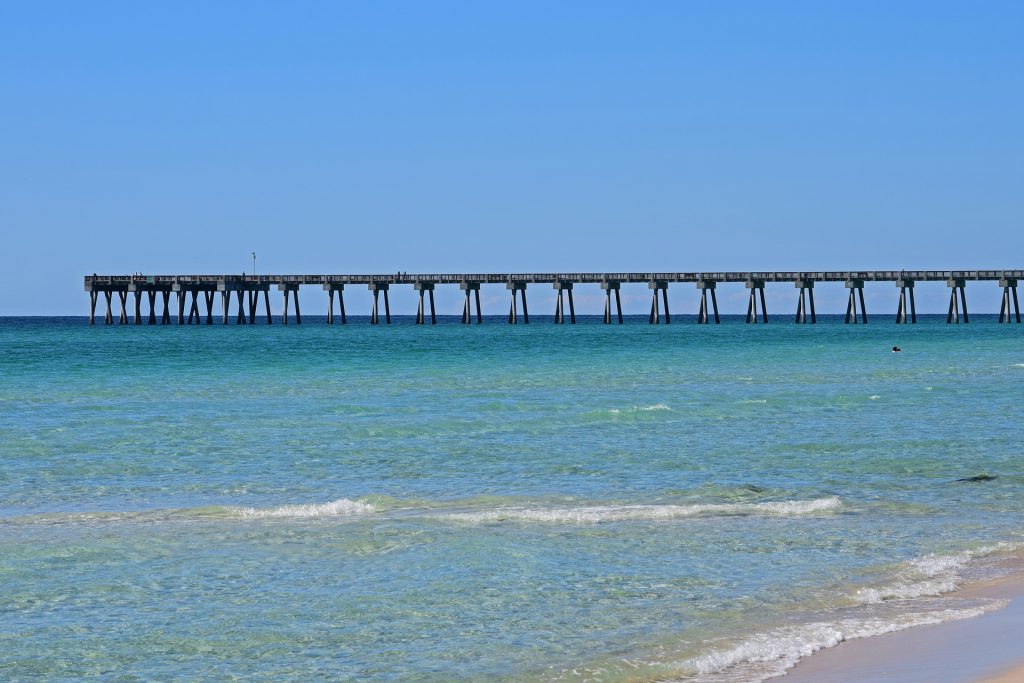
Health hazards
There are no required vaccinations upon entering Panama however there are several recommended vaccines. These are the routine vaccines, hepatitis A and B, typhoid, rabies, and yellow fever vaccination. There currently is an outbreak of yellow fever that can be transmitted through a mosquito bite. Malaria and dengue may also be transmitted through mosquitoes. The public healthcare sector in Panama is well developed although clinics are scarce in the countryside. This, however, is not a major problem due to the size of the country in case of an emergency hospital are strategically placed around the country so no matter where a hospital should be in proximity of 100kms. It is also not unusual to find English speaking doctors as most of the study abroad. The public hospitals deliver service at an affordable price however it is strongly recommended to purchase health insurance that will cover the medical expenses.
In case of an emergency dial 911.
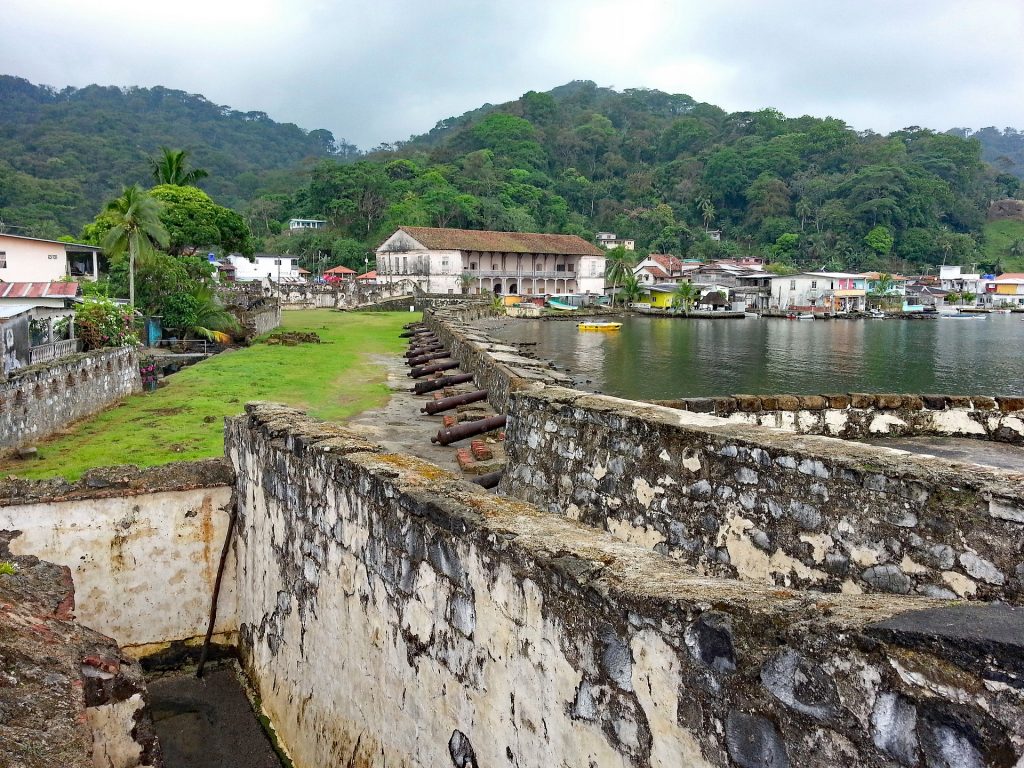
Crime
Although Panama is one of the safest countries in Central America, crime rates are still significantly higher than in the rest of the world. Tourists are usually not victims of violent crime such as rape and murder however armed robbery is common. Minor crime such as theft, pickpocketing, and mugging happen and often affects tourists. There are several ways to decrease the chances of falling a victim of crime. Wandering around at night can be dangerous, most armed robberies occur after dusk. If deciding to explore the nightlife of Panama it is best to stick to crowded tourist areas. Leaving personal belongings unattended usually results in theft. Wearing flashy jewelry and exposing signs of wealth increases the risk of becoming a target of robbers. Wearing money belts is a good way to avoid being pickpocketed and to keep money out of visible places. Panama neighbor, Colombia is one of the biggest producers of narcotics in the world. This makes Panama a major trafficking route to the USA. The Panamanian police force has checkpoints on all major roads, therefore, it is not unusual to be pulled over. The drug laws of the country state that possession of any kind or amount may result in jail time of up to 15 years.
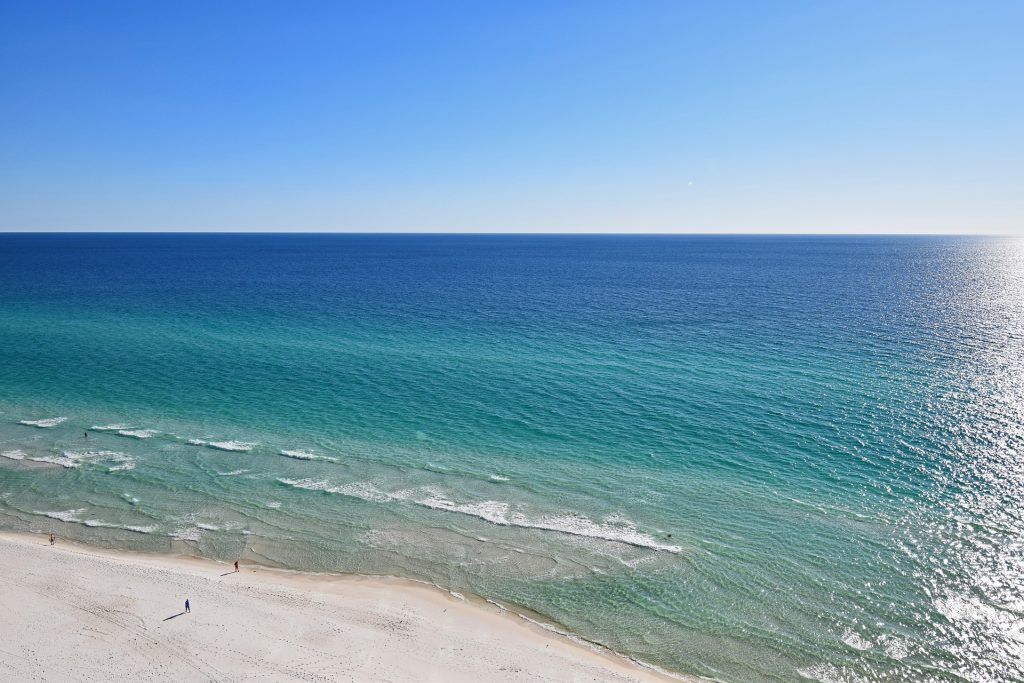
Summary
Panama is the second most popular tourist destination in Central America and probably the most expensive one although well worth the money spent. Amazing architecture and beautiful landscapes make it an amazing place to visit. Remember that planning your trip with Travset.com will give you the quickest information about nearest emergency services and will also help you purchase indispensable travel insurance for the trip of your lifetime. Please feel free to comment and share the experiences of your travels with Travset.com.
Sources
(Visa)
https://www.puertoviejosatellite.com/panama-visas.php
(Vaccinations)
https://wwwnc.cdc.gov/travel/destinations/traveler/none/panama



